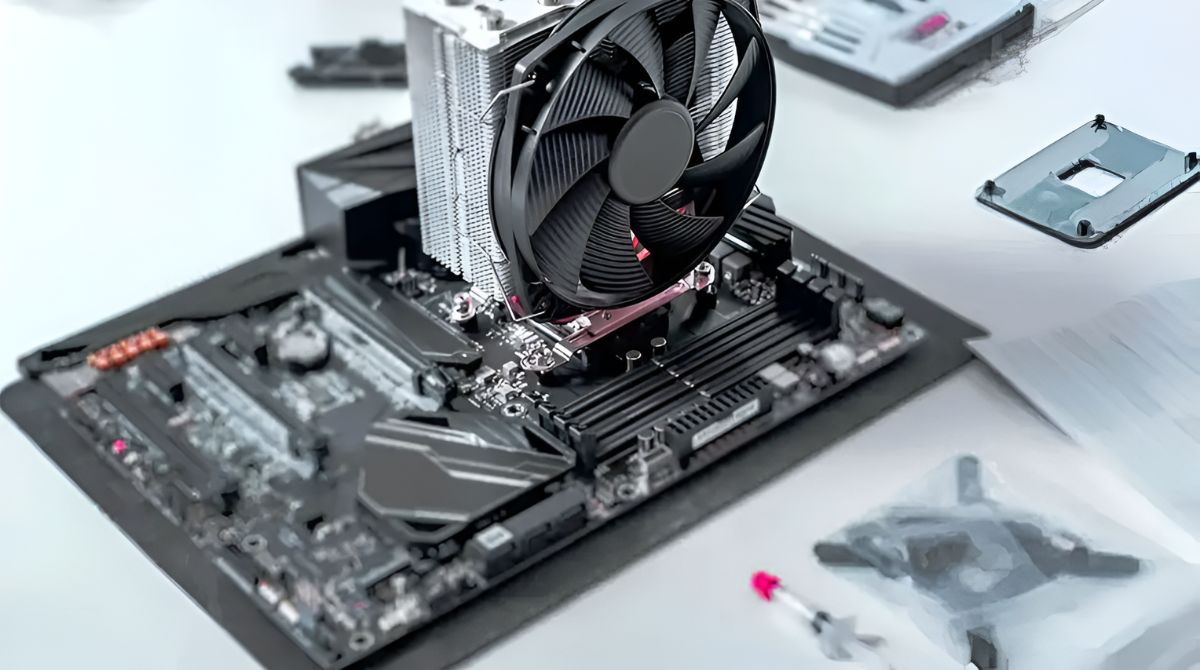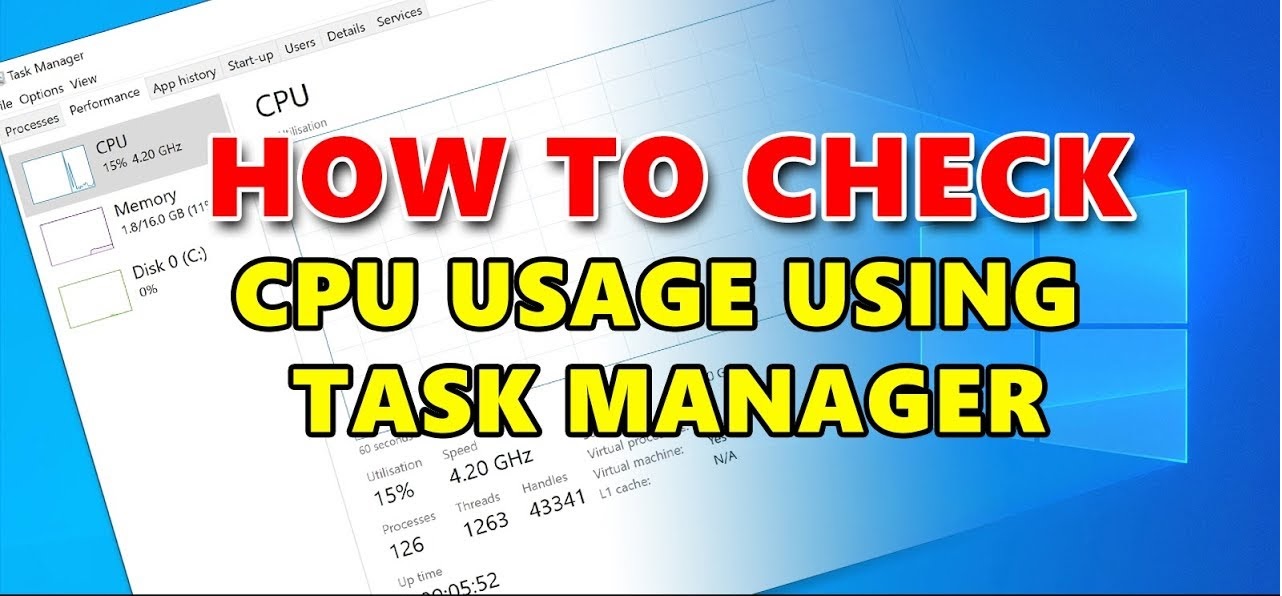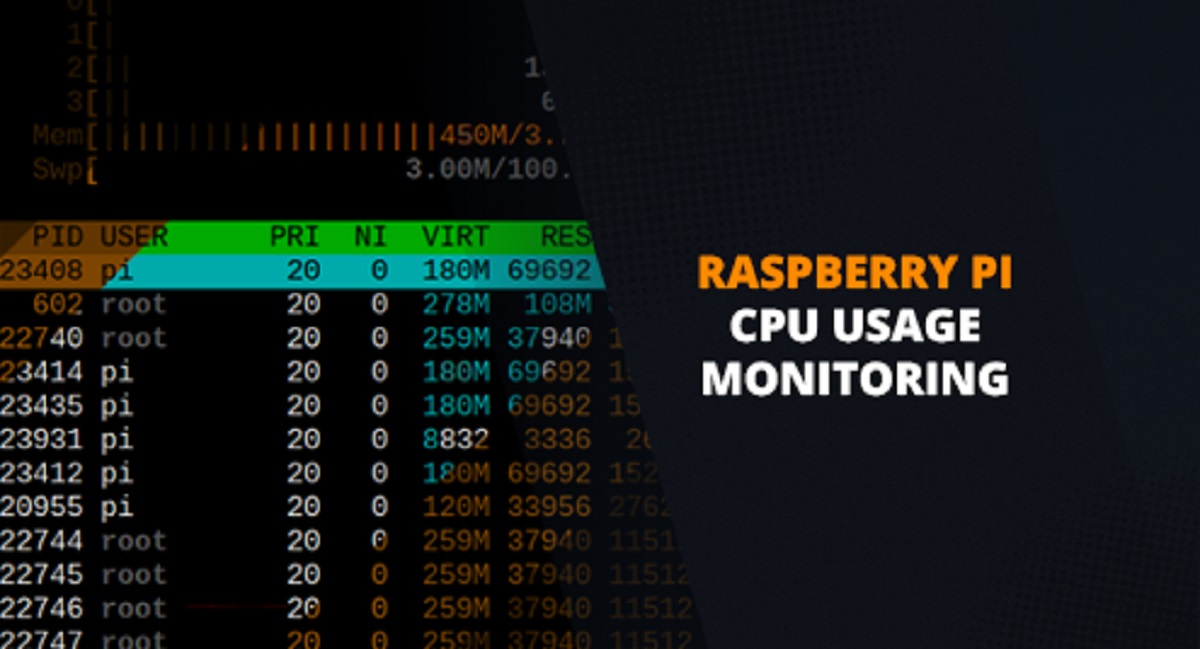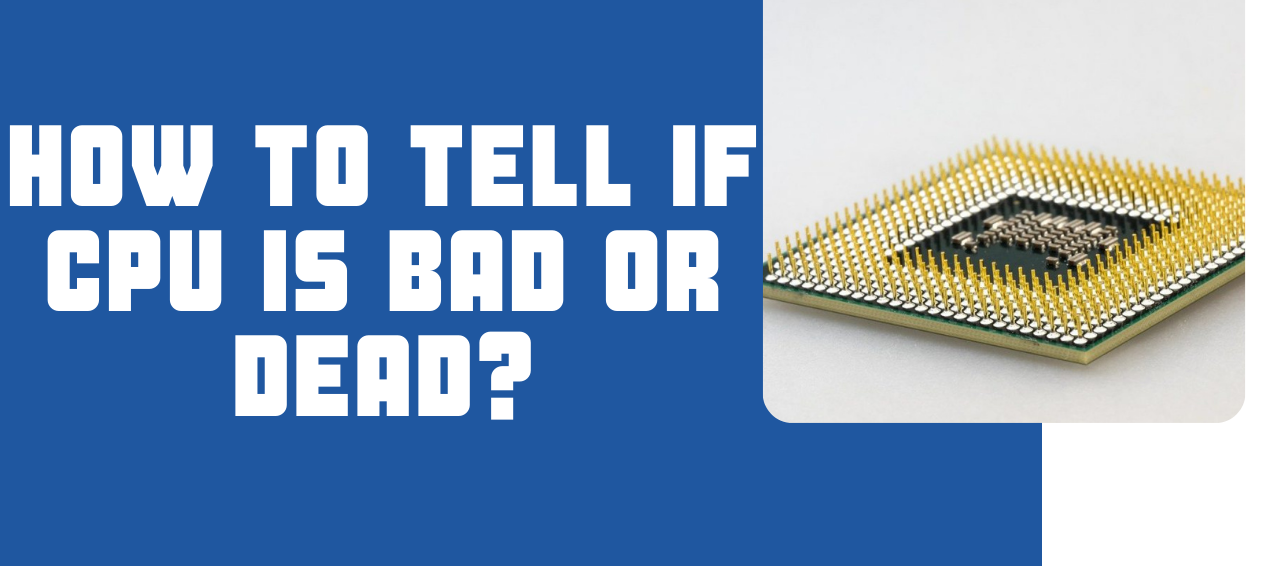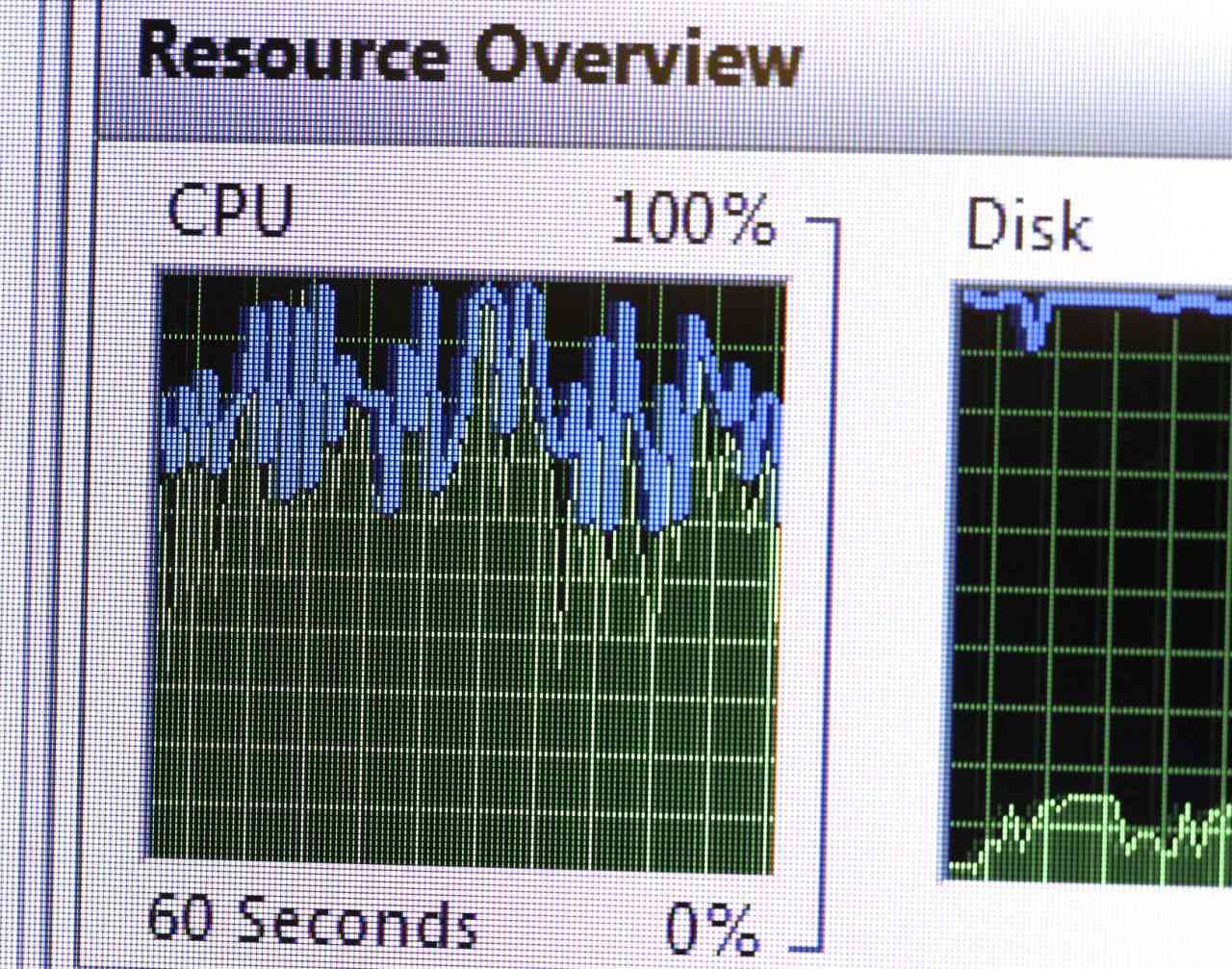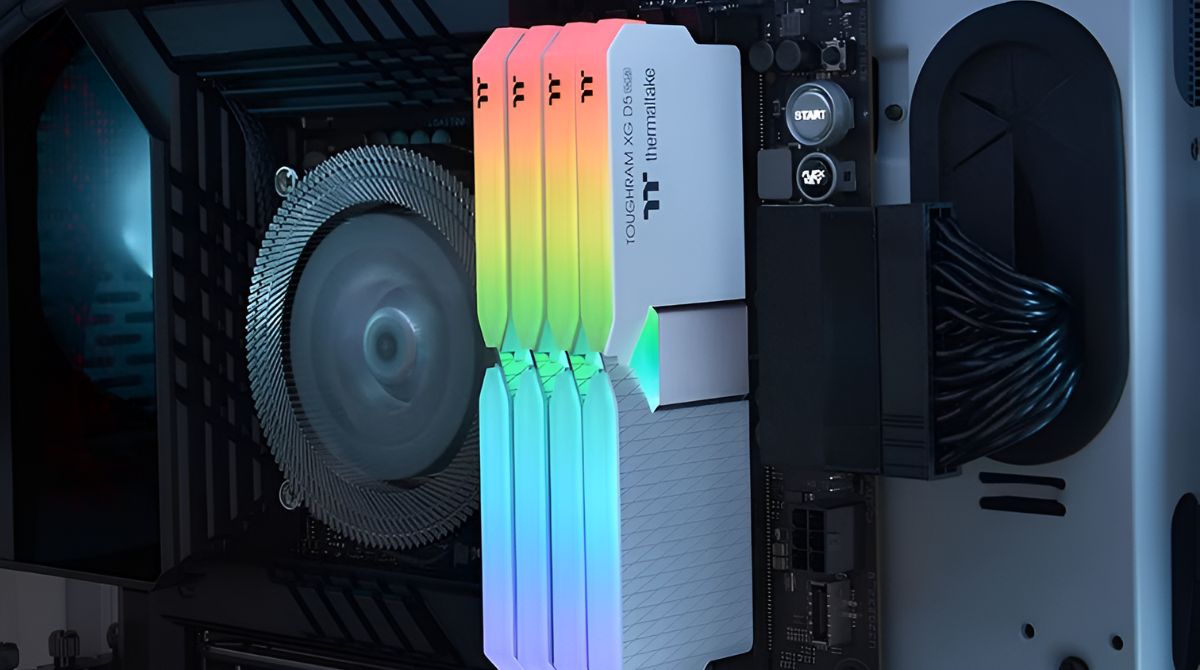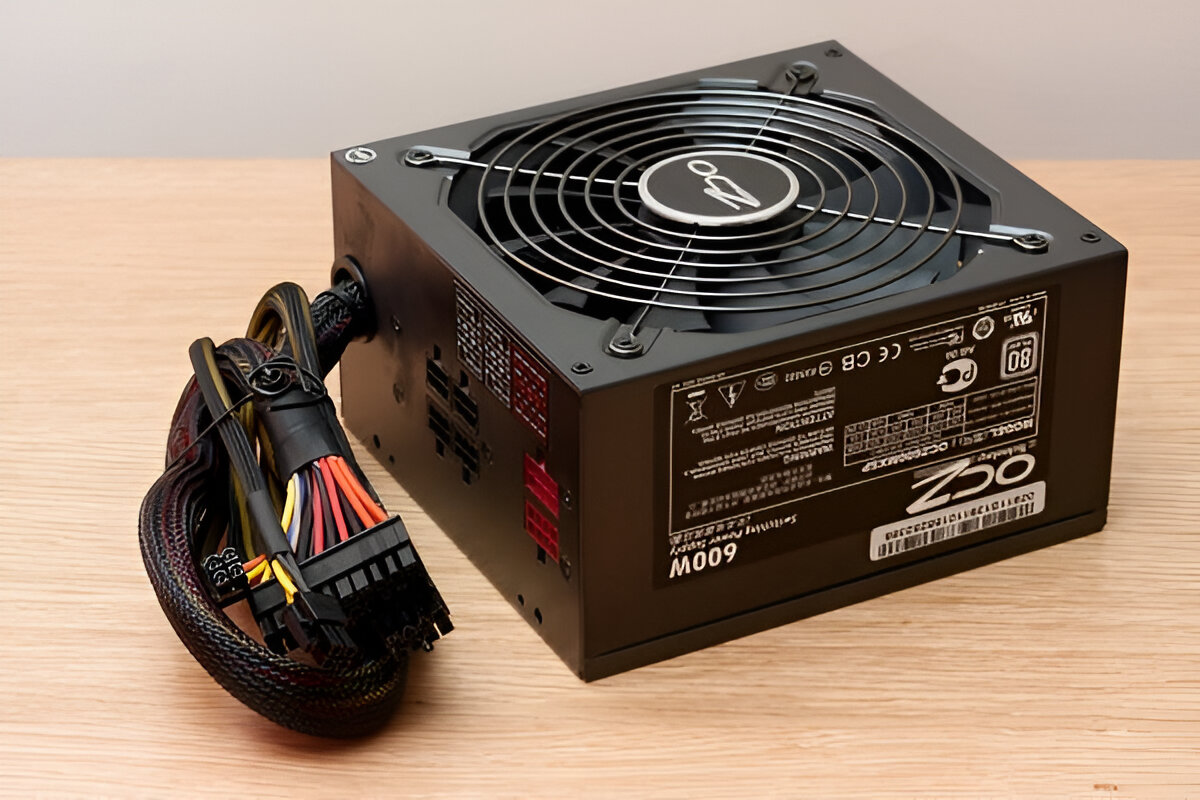Introduction
Welcome to our guide on how to check your CPU! Whether you’re a tech enthusiast, a gamer, or just a curious computer user, knowing how to check your CPU can provide valuable information about your system’s performance and compatibility. In this article, we will walk you through the process of checking your CPU on Windows, Mac, and Linux platforms.
Your CPU, or Central Processing Unit, is often referred to as the “brain” of your computer. It handles all the complex calculations and instructions necessary for your system to function properly. Checking your CPU can give you insights into critical details such as the model, speed, and number of cores it has, which can be helpful when troubleshooting issues, upgrading hardware, or ensuring compatibility for software installation.
Understanding your CPU can also impact your overall computing experience. By knowing its capabilities, you can make informed decisions about which applications to run, how many simultaneous processes your system can handle, and even estimate the expected performance for resource-intensive tasks like gaming or video editing.
In the following sections, we will provide step-by-step instructions on how to check your CPU on Windows, Mac, and Linux operating systems. Don’t worry if you’re not a computer expert, as we will guide you through each method with clear and simple explanations.
So, whether you’re looking to upgrade your CPU or simply curious about the specifications of your current one, let’s dive into the world of CPU checking and explore the valuable information it can provide!
Why should you check your CPU?
Checking your CPU is an important task that can provide you with valuable information about your computer’s performance, compatibility, and overall capabilities. Here are some reasons why you should consider checking your CPU:
- Performance Optimization: By knowing the specifications of your CPU, including its speed and number of cores, you can optimize your computer’s performance. This knowledge allows you to better understand the capabilities and limitations of your CPU, helping you to make informed decisions when it comes to running resource-intensive applications, multitasking, or gaming.
- Hardware Upgrades: If you’re considering upgrading your computer’s hardware, checking your CPU is crucial. It helps you determine the compatibility of your CPU with the desired upgrades, such as adding more RAM or installing a newer graphics card. Understanding your CPU’s specifications ensures that you choose compatible components, avoiding any bottlenecks or system incompatibilities.
- Troubleshooting: If you’re experiencing performance issues or system instability, checking your CPU can provide insights into potential problems. You can identify if the CPU is overheating, running at abnormal speeds, or experiencing any limitations that may be causing the issues. This information can guide you in troubleshooting and resolving the problems effectively.
- Software Compatibility: Certain software applications, especially resource-intensive ones like video editing or virtualization tools, have specific requirements in terms of CPU capabilities. Checking your CPU helps you determine if your system meets the minimum requirements for running such software smoothly. It prevents wasting time and money on software that won’t perform optimally on your current CPU.
- Understanding System Limitations: Every CPU has its limitations, whether it’s the maximum number of threads it can handle or the maximum clock speed it can achieve. Checking your CPU allows you to understand these limitations and adjust your computing activities accordingly. It ensures that you don’t push your CPU beyond its capabilities, which could lead to system instability or reduced lifespan.
By checking your CPU, you gain valuable insights into your computer’s performance, compatibility, and potential issues. Whether you’re a casual user or a tech enthusiast, understanding your CPU can empower you to make informed decisions when it comes to optimizing performance, upgrading hardware, troubleshooting, and ensuring software compatibility.
What is a CPU?
A CPU, or Central Processing Unit, is the primary component of a computer that performs most of the processing inside the system. It is often referred to as the “brain” of the computer because it carries out the instructions and calculations needed to execute tasks.
The CPU consists of several key elements, including the control unit, arithmetic logic unit (ALU), and registers. The control unit coordinates the flow of data and instructions within the CPU, while the ALU performs mathematical and logical operations. Registers store data that is needed for immediate processing, reducing the need to access main memory frequently.
The primary function of the CPU is to fetch, decode, and execute instructions stored in memory. It executes instructions by manipulating data and performing calculations. This includes tasks such as arithmetic operations (addition, subtraction, multiplication, and division), logical operations (AND, OR, NOT), and data movement (loading and storing data in registers and memory).
The speed at which a CPU can execute instructions is measured in clock cycles, typically represented in gigahertz (GHz). A higher clock speed indicates a faster CPU and can result in improved performance. However, it is important to note that the performance of a CPU is not solely determined by clock speed. Factors such as the number of cores, cache size, and architecture also play significant roles.
CPU architecture can vary between different manufacturers and models. The two most common CPU architectures are x86 and ARM. x86 architecture is used predominantly in desktop and laptop computers, while ARM architecture is commonly found in smartphones, tablets, and embedded systems. Each architecture has its own instruction set and design philosophy.
In addition to the architecture, CPUs are also known for their core count. A CPU can have a single core, dual-core, quad-core, or even higher core counts. Multi-core CPUs allow for parallel processing, where different tasks can be executed simultaneously, resulting in improved multitasking and performance.
Overall, the CPU is a critical component of any computer system, as it handles the majority of the processing tasks. Understanding the basics of how a CPU functions and its various characteristics, such as clock speed, architecture, and core count, can help you make informed decisions when it comes to choosing and optimizing your computer’s performance.
How to Check Your CPU on Windows
If you’re using a Windows operating system, there are several ways to check your CPU. Here are three methods you can try:
- Task Manager: One of the easiest ways to check your CPU on Windows is by using the built-in Task Manager. To access Task Manager, you can right-click on the taskbar and select “Task Manager” or use the shortcut keys “Ctrl + Shift + Esc.” Once Task Manager is open, click on the “Performance” tab. Here, you will find the information about your CPU, including its model, speed, and number of cores.
- System Information: Another method is to use the System Information tool. To open System Information, press the “Windows + R” keys to open the Run dialog, then type “msinfo32” and hit Enter. In the System Information window, go to the “Processor” section. Here, you will find detailed information about your CPU, including its manufacturer, model, speed, and architecture.
- Third-Party Software: If you prefer a more comprehensive view of your CPU’s details, you can use third-party software like CPU-Z or HWiNFO. These programs provide detailed information about your CPU, including its model, specification, cache size, and even real-time monitoring of temperatures and clock speeds. Simply download and install one of these tools, launch it, and navigate to the CPU section to view all the relevant information.
Using any of these methods, you can easily check your CPU on Windows and gather important information about its specifications. Whether you’re looking to monitor your CPU’s performance, troubleshoot issues, or ensure compatibility for software or hardware upgrades, these methods will provide you with the necessary information in a user-friendly manner.
How to Check Your CPU on Mac
If you’re using a Mac, checking your CPU is a straightforward process. Here are three ways to check your CPU on a Mac:
- About This Mac: The simplest method to check your CPU on a Mac is by using the “About This Mac” feature. Click on the Apple menu in the top menu bar and select “About This Mac.” In the Overview tab, you will see basic information about your Mac, including the model and macOS version. To view more details about your CPU, click on the “System Report” button. In the Hardware section, navigate to “Hardware Overview” and look for the “Processor Name” and “Processor Speed” entries to find information about your CPU.
- Activity Monitor: Another option is to use the Activity Monitor utility to check your CPU. You can find Activity Monitor by going to Applications, then Utilities, and selecting Activity Monitor. Once the Activity Monitor is open, click on the “CPU” tab. Here, you will see real-time information about your CPU usage, including the percentage of CPU utilization by each process. The CPU tab also displays the main specifications of your CPU, such as its speed and number of cores.
- Terminal: For more detailed information about your CPU, you can use Terminal, a command-line interface on macOS. To open Terminal, go to Applications, then Utilities, and select Terminal. In the Terminal window, type the command “
sysctl -n machdep.cpu.brand_string” and hit Enter. This will display the brand and model of your CPU. Additionally, you can use the command “sysctl -n machdep.cpu” to get more detailed information, such as the number of cores, cache size, and other architectural details of your CPU.
By using any of these methods, you can easily check your CPU on a Mac and retrieve crucial information about its specifications. Whether you need the details for troubleshooting purposes, compatibility checks, or simply to satisfy your curiosity, these methods will provide you with the necessary information in a convenient and user-friendly manner.
How to Check Your CPU on Linux
Checking your CPU on Linux is a straightforward process with several methods available. Here are three ways to check your CPU on Linux:
- /proc/cpuinfo: One of the most common methods is to use the
/proc/cpuinfofile. Open a terminal and typecat /proc/cpuinfoto display the information. This file contains detailed information about your CPU, including its model, speed, cache size, architecture, and more. Each processor core will have its own set of entries, allowing you to see the specifications of each core. - lscpu: The
lscpucommand provides a simple and concise overview of your CPU’s details. Open a terminal and typelscputo display the information. This command provides key information like the architecture, CPU model, number of cores, thread count, CPU frequency, cache size, and more. It’s a quick and easy way to obtain a summary of your CPU’s specifications. - GUI Tools: Linux distributions often include graphical tools that provide detailed system information, including CPU specifications. For example, GNOME system monitor or KDE Info Center are commonly available tools that provide an easy-to-read interface with information about the CPU, RAM, and other system components. Launch these tools from your distribution’s application menu or by searching for them in the system settings.
By utilizing these methods, you can easily check your CPU on Linux and gather important information about its specifications. Whether you’re looking to monitor your CPU’s performance, troubleshoot issues, or ensure compatibility for software or hardware upgrades, these methods will provide you with the necessary details in a user-friendly manner.
What Information Can You Find by Checking Your CPU
Checking your CPU can provide you with valuable information about your computer’s processor and its capabilities. Here are some key pieces of information you can find by checking your CPU:
- Model and Manufacturer: By checking your CPU, you can identify the specific model and manufacturer of your processor. This information can be crucial when troubleshooting issues, upgrading hardware, or researching compatibility with software and applications.
- Clock Speed: The clock speed indicates how many cycles per second the CPU can execute. Higher clock speeds generally result in faster processing and improved overall performance. Understanding your CPU’s clock speed can help you gauge its capabilities and compare it with other processors.
- Number of Cores: CPUs can have a single core or multiple cores. Each core functions as an independent processing unit, allowing for parallel processing and improved multitasking. Knowing the number of cores your CPU has can help you determine its multitasking performance and suitability for resource-intensive tasks.
- Cache Size: The cache is a small, high-speed memory within the CPU that stores frequently accessed data. A larger cache size generally improves performance by reducing the time it takes for the CPU to retrieve data. Checking your CPU can provide information about the size and type of cache it has.
- Architecture: CPU architecture refers to the underlying design and instruction set used by the processor. Common architectures include x86, x86-64 (also known as AMD64 or Intel 64), and ARM. Understanding your CPU’s architecture is important for software compatibility and determining the suitability of certain operating systems or applications.
- Power and Thermal Specifications: Checking your CPU can provide information about its power consumption and thermal characteristics. This is particularly important for ensuring your system’s cooling capabilities can handle the CPU’s heat output and for estimating the power requirements of your computer.
- Virtualization Support: CPUs can have features that support hardware virtualization, allowing you to run virtual machines efficiently. Checking your CPU can help you determine if it supports virtualization technologies like Intel VT-x or AMD-V, which are important for running virtualization software or using virtualization features of your operating system.
By checking your CPU and understanding the information it provides, you can make informed decisions about hardware upgrades, software compatibility, performance optimization, and troubleshooting. Having a clear understanding of your CPU’s specifications empowers you to harness its capabilities effectively and ensures a smooth computing experience.
Conclusion
Checking your CPU is a valuable task that can provide you with essential information about your computer’s processor and its capabilities. Whether you’re a casual computer user, a gamer, or a tech enthusiast, knowing how to check your CPU is beneficial for various reasons.
By checking your CPU, you can gain insights into crucial details such as the model, clock speed, number of cores, cache size, and architecture. This information enables you to optimize your computer’s performance, determine compatibility for hardware upgrades, troubleshoot issues effectively, and ensure compatibility with software applications.
On Windows, you can use tools like Task Manager, System Information, or third-party software to check your CPU. Mac users can rely on “About This Mac,” Activity Monitor, or Terminal commands to gather CPU information. Linux users have options like examining the /proc/cpuinfo file, using the lscpu command, or utilizing graphical tools provided by their distribution to check CPU details.
By understanding your CPU’s capabilities, you can make informed decisions about optimizing performance, upgrading hardware, and ensuring compatibility for software or operating systems. Additionally, knowing your CPU’s specifications helps you avoid pushing your system beyond its capabilities, preventing potential issues and improving overall stability.
In conclusion, checking your CPU provides valuable insights into your computer’s performance and compatibility. Whether you want to boost your gaming experience, troubleshoot system issues, or ensure compatibility for demanding software applications, taking the time to check your CPU is a worthwhile endeavor.









